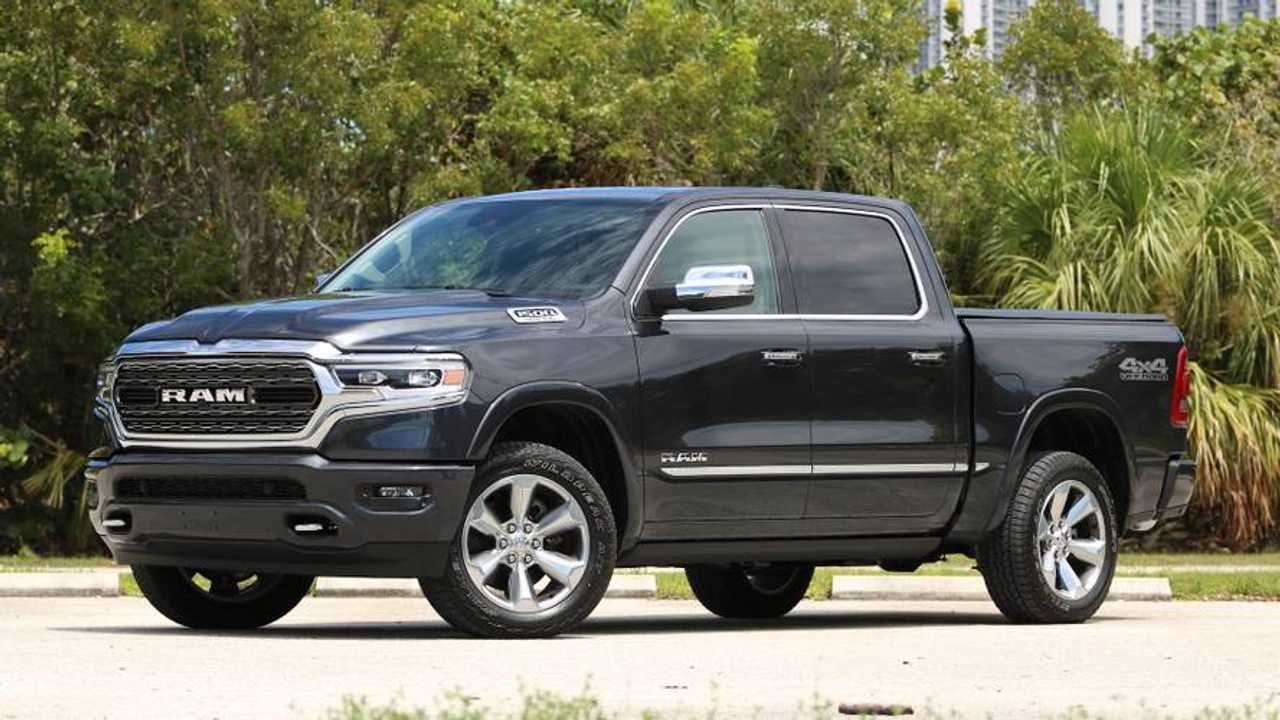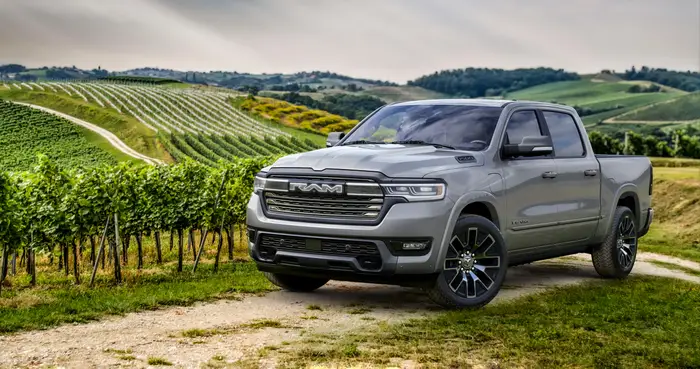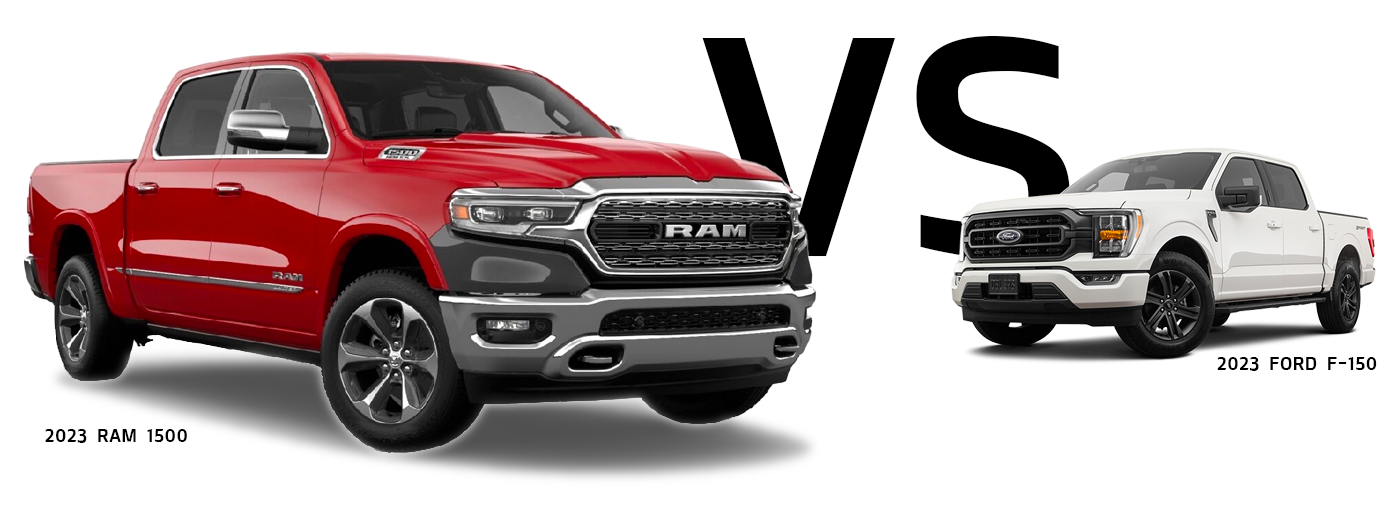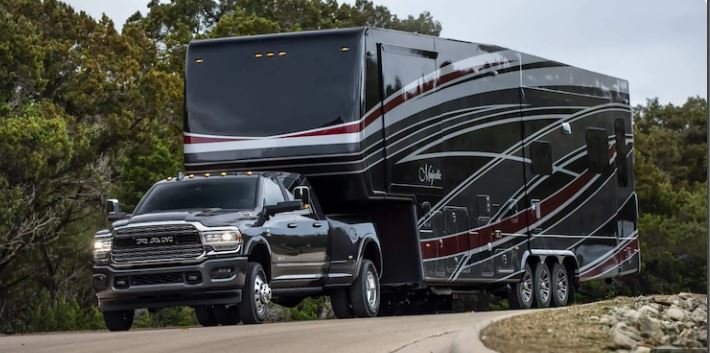Off-roading with a Jeep can be an exhilarating experience, combining the thrill of adventure with the capability of one of the most iconic off-road vehicles. If you’re new to off-roading, this guide will help you get started with essential tips, tricks, and equipment to make your adventures both enjoyable and safe.
1. Understanding Your Jeep’s Off-Road Capabilities
1.1. Jeep Models for Off-Roading
Jeep offers a range of models designed for off-road adventures. While the Jeep Wrangler is the most popular choice due to its rugged design and off-road features, other models like the Jeep Gladiator and Cherokee also have off-road capabilities.
- Jeep Wrangler: Known for its high ground clearance, durable suspension, and advanced 4WD systems, the Wrangler is a top choice for serious off-roading.
- Jeep Gladiator: This truck offers the same off-road prowess as the Wrangler but with added cargo space and towing capabilities.
- Jeep Cherokee: While not as rugged as the Wrangler, the Cherokee offers respectable off-road capabilities with the available Trailhawk package.
1.2. Key Off-Road Features
- 4WD Systems: Understand the difference between part-time and full-time 4WD systems. The Jeep Wrangler’s full-time 4WD system provides better traction and control in varying conditions.
- Ground Clearance and Approach/Departure Angles: High ground clearance and favorable approach/departure angles are crucial for navigating obstacles and rough terrain.
2. Essential Gear and Equipment

2.1. Safety Gear
- Seat Belts and Safety Harnesses: Always wear your seatbelt. For more rugged off-roading, consider additional safety harnesses.
- First Aid Kit: Carry a well-stocked first aid kit in case of emergencies.
2.2. Recovery Gear
- Tow Strap: A heavy-duty tow strap is essential for recovery if you get stuck.
- Hi-Lift Jack: This versatile tool can help lift your Jeep if you need to change a tire or get it unstuck from mud or rocks.
- Shovel: A compact shovel can help you dig out your Jeep if it gets stuck.
2.3. Additional Equipment
- Air Compressor: An air compressor is useful for adjusting tire pressure based on terrain.
- Spare Tire and Tools: Always carry a spare tire and the tools needed for a tire change.
- Off-Road Lights: Additional lighting can be beneficial for night-time or low-light conditions.
3. Basic Off-Roading Techniques
3.1. Tire Pressure Adjustment
Lowering your tire pressure can increase traction on soft or uneven surfaces like sand or mud. Remember to re-inflate your tires once you’re back on regular roads.
3.2. Navigating Obstacles
- Rock Crawling: Approach obstacles slowly and steadily. Use your vehicle’s low-range gearing to maintain control.
- Mud and Sand: Maintain momentum to avoid getting bogged down. Avoid sudden acceleration or braking.
3.3. Using 4WD Effectively
- Engage 4WD: Engage your 4WD system before you encounter difficult terrain. Don’t wait until you’re stuck to switch to 4WD.
- Differential Lock: Use the differential lock feature for better traction on slippery surfaces.
4. Off-Roading Etiquette and Safety
4.1. Respect the Environment
- Stay on Designated Trails: Avoid creating new trails to preserve natural habitats and avoid damaging the environment.
- Leave No Trace: Pack out all trash and avoid leaving marks on the landscape.
4.2. Follow Local Regulations
- Permits and Rules: Check for any required permits or regulations in the area where you plan to off-road. Respect all local rules and guidelines.
4.3. Off-Roading with Others
- Buddy System: It’s always safer to go off-roading with a friend or group. Ensure someone knows your route and estimated return time.
5. Joining Off-Roading Communities
5.1. Clubs and Forums
Joining off-roading clubs and forums can provide valuable advice, support, and opportunities to join group excursions. Connecting with experienced off-roaders can enhance your skills and enjoyment.
5.2. Events and Meetups
Participate in off-roading events and meetups to learn from others, test your skills, and enjoy the camaraderie of fellow Jeep enthusiasts.
Embarking on an off-road adventure with your Jeep can be a rewarding and exhilarating experience. By understanding your Jeep’s capabilities, preparing with the right equipment, and following essential techniques and safety practices, you’ll be well on your way to enjoying many thrilling off-road journeys.



















